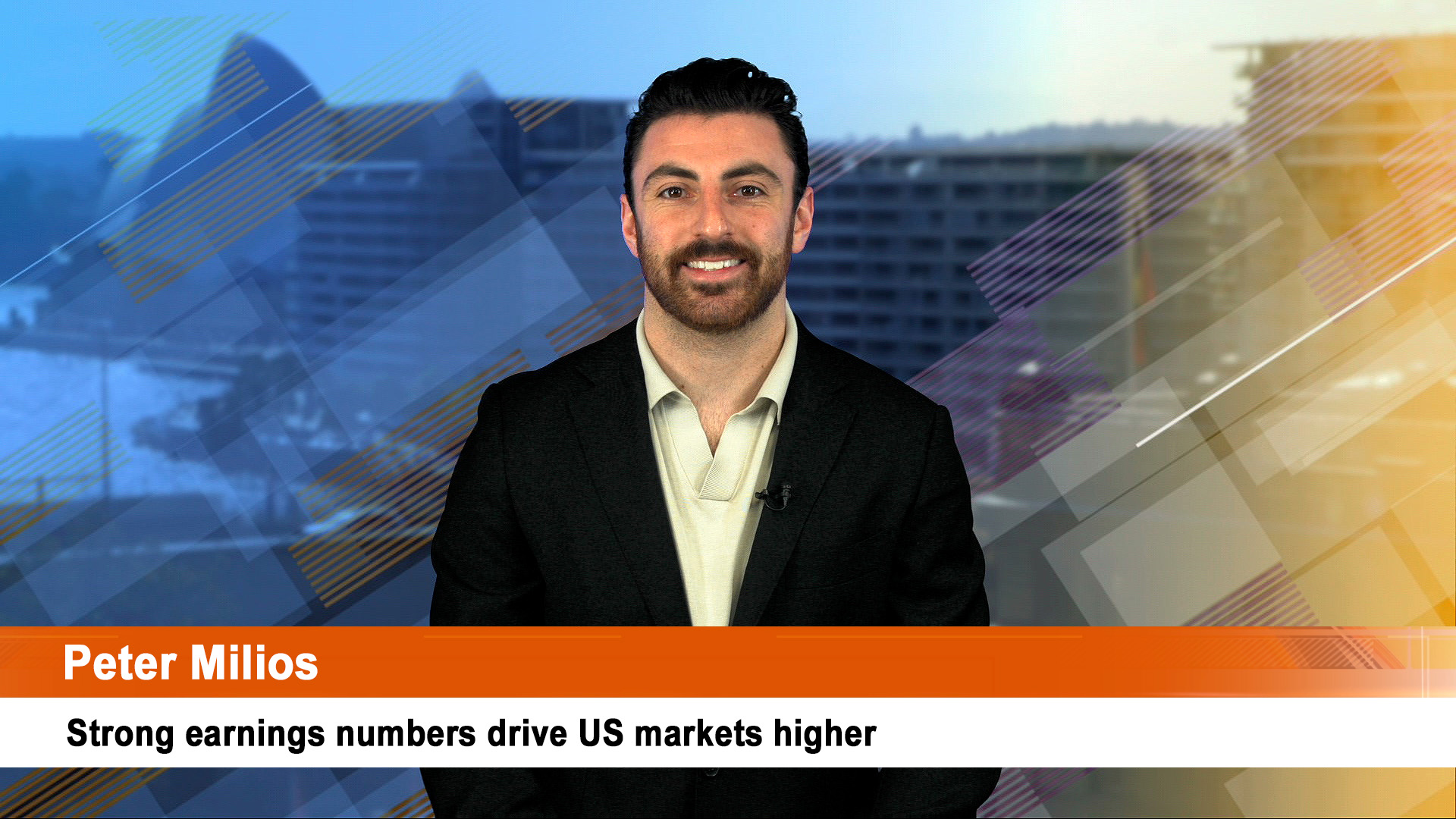Walmart sent tremors through Wall Street and global retailing with a surprise after hours trading downgrade for the three months to June and for the rest of 2022.
While the world’s biggest retailer didn’t put numbers of the sales and earnings impact, it focused on the impact of higher inflation (double digit for fresh food) and said cost pressures were seeing the company’s gross margins “negative impacted”
That’s a nice way of saying that profit margins are under pressure, meaning earnings will be lower for the rest of this calendar year at least.
The warning came only three days before the latest rate rise from the US Federal Reserve and some US economists wonder if the news will see the Fed reduce its increase from the expected 0.75% to 0.50% or even 0.25%.
The news saw Walmart shares tumble more than 9% to their lowest level in more than two years at around $US109 each. The shares were $US159 .87 in late May just before the company revealed a build-up in stocks and weakening margins in its first quarter report.
Walmart’s warning signals a sharp worsening of the US retail environment as inflation bites the price-sensitive consumers who are the retailers core customer base.
But the statement will echo throughout retailing across the globe because of the gathering impact of high inflation on every day products, especially in fresh food.
Higher petrol prices are also playing a major part in the strains now gripping retailing as consumers cut back on discretionary spending and focus on every day essentials such as food.
Shares in other US retail related stocks also fell after hours as analysts digested the news. Target shares lost 5%, Koger shares were off 2%, Costco shares lost 3% after hours after smaller falls in regular trading.
Paradoxically, Walmart said comparable store sales will be up around 6% in the quarter (which is better than the 5.5% peak forecast in May). That will be due to prices forced higher by rising inflation, not volumes.
This is higher than previously expected with a heavier mix of food and consumables, which is negatively affecting gross margin rate, CEO Doug McMillion said in the release.
“Food inflation is double digits and higher than at the end of Q1. This is affecting customers’ ability to spend on general merchandise categories and requiring more markdowns to move through the inventory, particularly apparel.
“During the quarter, the company made progress reducing inventory, managing prices to reflect certain supply chain costs and inflation, and reducing storage costs associated with a backlog of shipping containers.
“Customers are choosing Walmart to save money during this inflationary period, and this is reflected in the company’s continued market share gains in grocery.”
“The increasing levels of food and fuel inflation are affecting how customers spend, and while we’ve made good progress clearing hardline categories, apparel in Walmart U.S. is requiring more markdown dollars.
We’re now anticipating more pressure on general merchandise in the back half, however, we’re encouraged by the start we’re seeing on school supplies in Walmart U.S.” said Mr McMillon.
Don’t be surprised if every major retailer with skin in the game in general retailing, especially food, starts producing similar comments to that from Walmart.
US analysts turned their attention to the looming quarterly report Thursday from Amazon and wonder if there will be any sign of the Walmart factors in that report.
During last quarter’s earnings call, Amazon CFO Brian Olsavsky was asked whether the company is seeing any weakness in consumer spending. Olsavsky said Amazon had not seen any softness.
Amazon shares fell 3.5% in after hours trading after a 1% dip in regular dealings. Investors think its quarterly report could well show what Walmart warned about when released on Thursday.













